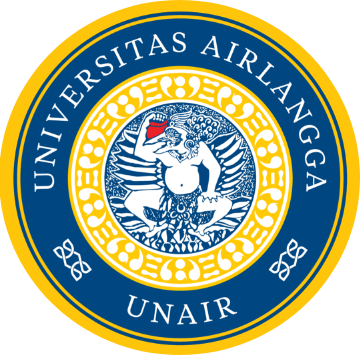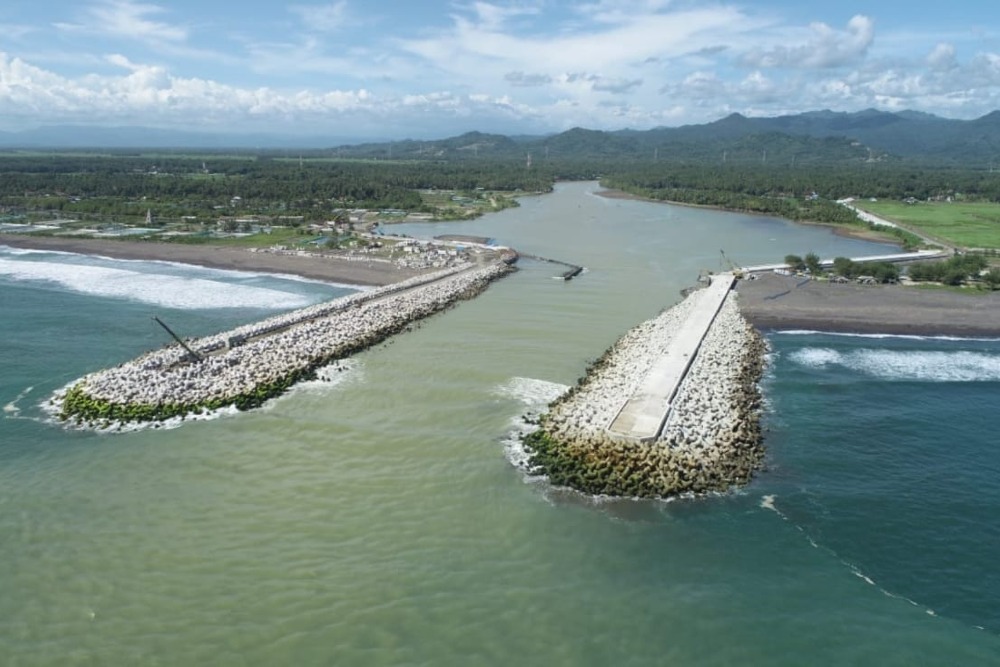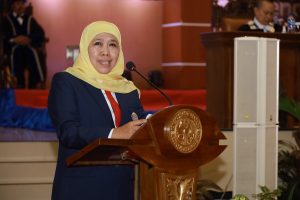Changes in the phytoplankton community can occur when a number of harmful microalgae species grow and dominate the water column and proceed to cause environmental impacts. This event is known as the Harmful Algal Bloom (HAB). Following the concept of the Intergovernmental Oceanographic Commission (IOC-UNESCO), HABs are defined as a phenomenon of harmful algae growth in water that causes environmental problems, which harm the fisheries sector and humans. The harm caused by HAB events spans both spatial and temporal scales. Agricultural-scale losses include mass mortality of farmed fish, poisoning of marine food sources, itching of beachgoers, and others. HAB events are generally due to nutrient enrichment, high temperatures, low oxygen levels, and reduced light intensity to enable dinoflagellates to overgrow. This event is commonly found in estuary areas of rivers. Most of the algae that cause HABs belong to the dinoflagellate group.
Dinoflagellates are included in the microalgae group found in the sea and river waters. Dinoflagellates play an important role in these waters as primary producers. As microalgae, dinoflagellates have a unique ability to specialize and survive in the competition of natural selection. Under productive conditions, dinoflagellates can reproduce rapidly in the water column in the form of actively dividing swimming cells. When environmental conditions are suboptimal, marked by nutrient enrichment, warm temperatures, low oxygen levels, and reduced light intensity, they stop dividing and mate to form cysts that hibernate and are able to survive in sediments for many years. The hypnozygote is also produced by dinoflagellates through the fusion of gametes produced by vegetative dinoflagellate cells, securely protected within the thick walls of the cyst and highly resistant to adverse conditions. In this regard, a study of the biodiversity of dinoflagellate cysts in the estuaries of the Bengawan Solo and Brantas rivers in East Java was conducted using a morphological identification approach. Based on the results of this study, it is necessary to carry out DNA characteristic tests of isolated and cultured species to document genetic information.
The dinoflagellate cysts taxa present varied in the estuaries of the Brantas and Bengawan Solo rivers. The Bengawan Solo River estuary yielded a higher diversity of four species of dinoflagellate cysts compared to the Brantas River estuary which only presented 12 species. The type of Protoperidinium obtusum was found to dominate in the mouth of the Bengawan Solo River, while the type of Scrippsiella lachrymose dominated in the Brantas River estuary.
Analysis of cyst diversity in the two regions shows that the Bengawan Solo River mouth has a higher Shannon-Wiener index compared to the Brantas River mouth. The type of dinoflagellate cyst that dominates at the mouth of the Bengawan Solo River is Protoperidinium obtusum, while that at the mouth of the Brantas River is Polykrikos schwartzii. ShadeGraph analysis showed a number of species found only in the estuary of the Bengawan Solo River, namely Zygabikodinium lenticulatum, Polykrikos kofoidii, Protoperidinium pentagonum, Gymnodinium catenatum, and Votadinium sp. Based on the results of this study, it is necessary to carry out DNA characteristic tests of isolated and cultured species to document genetic information. In addition, this information is very important in the management of coastal areas around the mouths of the Bengawan Solo and Brantas rivers to prevent dinoflagellate population bloom which is likely to have negative impacts on various sectors.
Author: Dr. Eng. Sapto Andriyono
Full article: https://smujo.id/biodiv/article/view/13170
Citation: Andriyono, S., Rukminasari, N., Hidayani, A. A., Zakaria, I. J., Alam, M. J., & KIM, H. W. K. (2023). Diversity of dinoflagellate cysts isolated from estuarine sediments of the Bengawan Solo and Brantas rivers, Indonesia. Biodiversitas Journal of Biological Diversity, 24(2).









